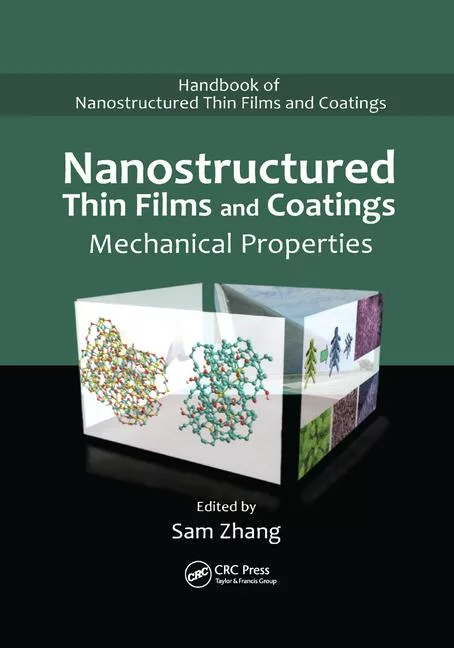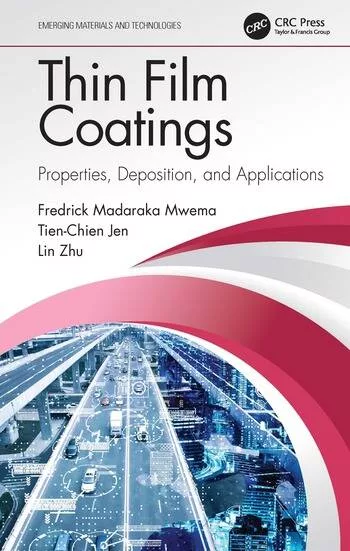Improving the Properties of Waterborne Coatings with High-Performance SMA Resins

Sartomer's SMA® multifunctional resins are a family of low-molecular-weight resins that include styrene/maleic anhydride, amic acids, imides, copolymer base resins, partial esters of the base resins, and aqueous ammonia salt solutions of the base resins and ester resins. The SMA resins are used in a variety of coating applications including paper sizing, powder coating, pigment dispersions, inks and overprint varnishes (OPVs). In these and other applications, they impart excellent performance properties while contributing to the aesthetic quality of the finished piece.
The discussion in this paper will focus on the development of waterborne overprint varnish formulations and how formulators can derive the maximum benefit by including SMA resins. A solubility table of various SMA resins is also presented for systems that use solvents as a base.
The SMA resins typically used as additives in waterborne overprint varnish formulations include SMA 1000, 2000 and 3000, which are unmodified base resins with styrene/maleic anhydride ratios equal to 1, 2 and 3, respectively. SMA1440, 17352, 2625 and 3840, which are partially esterified derivatives of the SMA base resins containing ester, carboxylic acid and anhydride functionality, are also effective additives for OPVs.

SMA Base Resins
SMA base resins are characterized by high glass transition temperatures and softening points, high thermal stability, extremely low VOC content, high melt viscosities, high solubility in a number of organic solvents, and the ability to form low-viscosity aqueous alkali salt solutions at a basic pH. The anhydride functionality in SMA base resins is much less reactive towards atmospheric moisture up-take and hydrolysis than a typical non-polymeric anhydride.
The structure of Sartomer's SMA base resins is presented in Figure 1.

SMA Ester Resins
SMA ester resins are prepared by partial esterification of SMA base resins. The ester resins contain a combination of anhydride and mono-ester/mono carboxylic acid functionality. There are five commercial grades of SMA ester resins: SMA 1440, 17352, 2625, 3840 and 31890. The ester resins differ by the base resin used to prepare the ester, the structure of the esterifying alcohol and the extent of esterification. The SMA ester resins exhibit many of the desirable characteristics shown by the SMA base resin. In addition, the SMA ester resins exhibit generally low melt viscosities, reactivity typical of the carboxylic acid functionality, improved solubility in many organic solvents, and refined polymeric surfactant properties, including generally better compatibility with other polymeric and nonpolymeric surfactants.
The structure of Sartomer's SMA ester resins is presented in Figure 2, and the properties of the SMA base resins and ester derivatives are presented in Table 1.

Evaluating Performance Properties
This article discusses the enhancement in properties that can be achieved when SMA 1000, 2000 and 17352 resins are added to overprint varnish formulations. Gloss, water resistance, heat resistance, hot scuff resistance and dry rub resistance properties have been compared for formulations made with SMA to illustrate their effectiveness in waterborne coatings.Standard formulations were prepared with a coalescing aid (cosolvent, IPA), coalescing agent (Dowanol® DPM from Dow) and a polyethylene wax (Jonwax® 35 from Johnson Polymer) to improve scuff resistance.
The formulation contains the following: latex, resin (30% based on solids), IPA (1%), Dowanol (1%), PE wax (5%) and water. Two latex emulsions, Joncryl® 90 and Neocryl® BT44 served as standards for this study. Joncryl 90, from Johnson Polymer, has an emulsion solids (ES) content of 44%, a MFT>86 °C, and a Tg of 110 °C. Neocryl BT44, from Zeneca, has an ES = 45%, a MFT = 75 °C, and a Tg of 98 °C.
SMA 1000, 2000 and 17352 were compared to styrene/acrylate resins as the post-addition resins. SMA 1000 is a base resin with a 1:1 ratio of styrene to maleic anhydride. SMA 2000 is a base resin with a 2:1 ratio of styrene to maleic anhydride. SMA 17352 is a partial monoester of SMA and a mixture of two alcohols. Solids contents of the overprint varnishes were kept constant at approximately 33%. The ratio (resin/resin and latex) was also kept constant at 30%.
The films were applied on Leneta 2A or Leneta 3NT3 charts with a Pamarco applicator and dried at room temperature for two hours.

Testing Procedures
Gloss: Percent reflectance was determined at a 60° angle using an average of 10 readings with a glossmeter (Model 540 from Erichsen).Water Resistance: Four drops of water were applied for 10 minutes and wiped off with a tissue. The resulting spots were rated from 1 to 5, 5 being perfect film integrity and 1 being total removal. The drying times and temperatures were varied.
Heat Resistance: Sample strips were tested face-to-face by placing them under a heated bar at 190 °C for 5 seconds. The damage was rated from 1 to 5, with 5 being no sticking or damage to the film.
Hot Scuff Resistance: Performed with a Sutherland Ink Rub Tester. 20 rubs were performed at 110 °C, 150 °C, or 190 °C. The damage was rated from 1 to 5.
Scuff (Dry Rub Resistance): Using a Sutherland Ink Rub Tester with a 4-pound weight, the surface of the film was rubbed for 40 cycles and rated 1 to 5 on extent of damage.
The results from the comparison between SMA post-addition formulations and the standard styrene/acrylate resins are summarized in Table 2.
All of the SMA-containing formulations exhibit gloss properties similar to the styrene/acrylate resin formulations. As expected, formulations with SMA 1000 exhibit the highest gloss of the SMA-based formulations, but also the lowest water resistance, since this resin has the highest acid value of the SMA resins analyzed.
The main benefit gained by the post-addition of SMA resins is found in the greatly improved heat resistance of these overprint varnish formulations. Heat resistance at least doubles when using SMA resins.
SMA resin-based formulations exhibit better scuff resistance, even at room temperature. At higher temperatures, the full advantages of SMA post addition are realized, as good scuff resistance properties are maintained up to 190 °C.
These examples should only serve as starting points for formulating work since, by using higher quantities of SMA resins, it may be possible to obtain larger improvements in both gloss and thermal resistance.
The previous data reveals the effectiveness of Sartomer's SMA resins in waterborne emulsions. These resins are also useful in other coating applications, which may use a diluent other than water. Formulators who use solvents can achieve property improvements using the base SMA resins or the esters of the base resins for solventborne systems. Table 3 presents the solubility of these resins.
Conclusions
In summary, SMA resins improve the heat, scuff and water resistance of coatings, especially at elevated temperatures. As the level of maleic anhydride functionality increases in the SMA resin, the heat resistance of the coating will improve. As the styrene content of SMA resin increases, the water resistance of the waterborne coating will improve. In addition, SMA resins provide high gloss, hardness and act as leveling agents in water-based systems. The SMA base resins are also resoluble on the press, making clean up easier. SMA resins are a valuable component in high gloss, waterborne, scuff- resistant coatings.For more information, contact Lujean Burak, Technical Communications Manager, Sartomer Company, 502 Thomas Jones Way, Exton, PA 19341; phone 610/363.4199; or e-mail lujean.burak@sartomer.com.
Looking for a reprint of this article?
From high-res PDFs to custom plaques, order your copy today!







